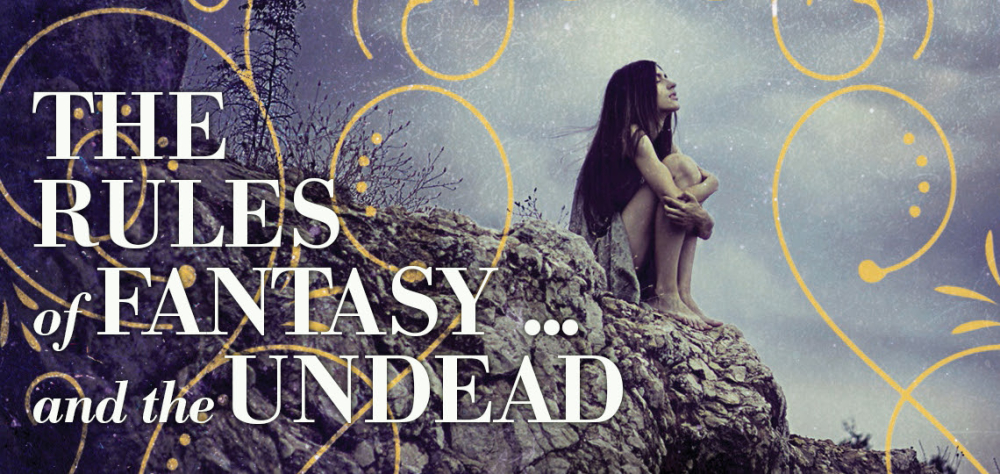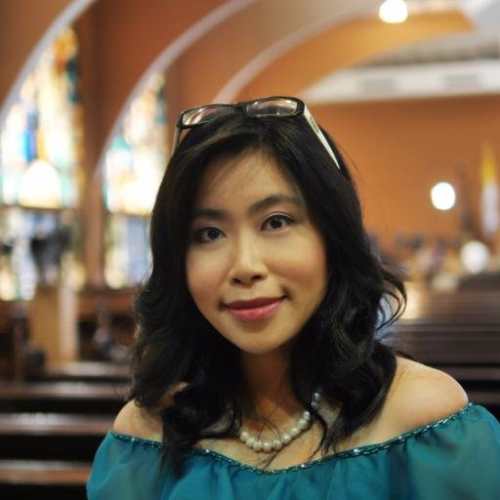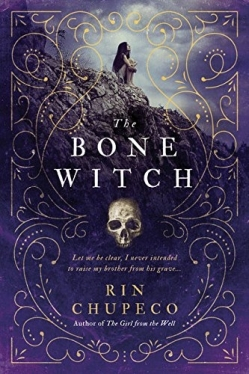Author Interview: The Rules of Fantasy

Reading fantasy books are fun. It’s wonderful to lose yourself in world that operates under a different set of rules than our own. But, that’s the thing. Even in a universe where magic exists and the dead can be brought back to life, there have to be rules. Just ask Rin Chupeco, author of The Bone Witch, which our reviewer called “a fantasy lover’s fantasy, with a rich history and hierarchy of its own.” As Chupeco says in our interview below, the rules don’t even need to be too complicated. Just lay down some ground rules for magic to happen. Oh, and the undead? They’re not always evil.
Is there a proper way magic should be employed in a fantasy story, and an improper way?

Rin Chupeco

There has to be a system in place for the magic to work. My number one pet peeve in fantasy is handwaved magic that makes no sense and has no governing laws to explain how it could be handwaved to begin with. I don’t need to have a degree in physics to understand how gravity works. The same should hold true with the rules of magic in a series—it doesn’t matter if it’s rudimentary, just explain how the magic works to a layman, at the very least!
Personally, the more complicated and the more thought put into the system, the better I tend to like it. That’s my idea of gorgeous worldbuilding. If there’s magic available in a fantasy series, it’s usually written as one of the story’s focuses and is an important part of the core plot. If a writer can take the time and effort to write a comprehensive magic system, I think they’re able to more effectively write cohesive stories and conflicts revolving around it. This is the main reason why Tolkien frustrates me but Brandon Sanderson astounds me.
The undead get a bad rap on TV and in the movies these days. How did you go about reimagining a more nuanced “revived” character than your average zombie?
The common trope is that the undead are “unclean” and “corrupt”—that being deprived of life is enough to make them evil and malicious. But I grew up with a subverted idea of this. As a huge fan of Asian ghost stories and mythology that, unlike Western constructs, dealt mainly with wronged victims and wicked humans, I learned at an early age to sympathize with ghosts. Their desire to seek revenge isn’t illogical—after all, the people who killed them did deserve any and all paranormal repercussions coming their way.
So whenever I write about the undead and zombies, I write with the understanding that, sometimes, the real monsters are the ones people see when they look in the mirror.
There’s nothing wrong with Fox, the brother Tea raises from the dead who triggers her necromancy. A dead Fox isn’t all that different from a previously living Fox, albeit bits tend to fall off him every now and then. He’s a nice guy if you look past the lack of a heartbeat. The real problem are all the people who look at Fox and see nothing beyond a walking cadaver.
In The Bone Witch, a lot of the problems arising from a world where the dead can walk isn’t because of the dead themselves—it’s the people who fear the undead, and the people controlling them for their own personal interests to the detriment of everyone else.
What do you have to keep in mind when writing specifically for young adults?
It’s always good to remember that once upon a time, I used to be a teenager, too. And the teenager I was, was rather dumb and extremely gullible, and it reminds me that characters don’t have to be perfect. I prefer flaws over Mary Sues—sometimes a wrong decision or a bad trait makes stories more interesting and presents greater storytelling potential.
The challenge is to write about a character that can and will do things you might not necessarily agree with, but still possess that certain flair or strength that makes you continue to root for her. The character has to be compelling and unique on her own merits, without needing outside relationships to define her worth, and that’s always a difficult balance. But I’ve found that it’s always worth making that extra effort.
What are you working on now?
I’m working on the third book in the Bone Witch trilogy, which is chock full of dragons and monsters and fighting and sibling love and regret and loss. I’ve noticed a similar pattern with books I’ve written—the first books in my series start out soft and sedately with an increasing sense of foreboding, and then the second book just aims for a punch in the face. I’ve never written a trilogy before, but I can say that the last book will have a lot of feels evenly layered with a lot of fighting. Maybe like a literary version of a mille-feuille, if mille-feuilles had corpses in them?
I’m also writing a very odd fairytale that has both a modern spin and a diverse ensemble cast. It’s very hard at the moment to talk about the specifics of it—it’s one of those manuscripts where it’s easier to explain simply by reading it. I will say though, that it currently has gay kings and warrior grandmas and other fun things. Hopefully this has confused people into wanting to read it one day.
You own 1,053 books, according to your website. Which is your favorite?
That I have 1,053 books is a big reason why I have trouble picking just one favorite. I’ve never met a Terry Pratchett book I didn’t like, and I love (and am thrilled by the upcoming television adaptation of) Neil Gaiman’s American Gods. Agatha Christie books are my comfort food, especially Hercule Poirot-centered mysteries. Junji Ito is my go-to guy for graphic novel horror, and Fiddler in the Subway by Gene Weingarten is my favorite nonfiction book ever. I probably don’t have to explain Harry Potter. I could go on, but I’m afraid I might just end up listing all 1,053, anyway.
Foreword Reviews
